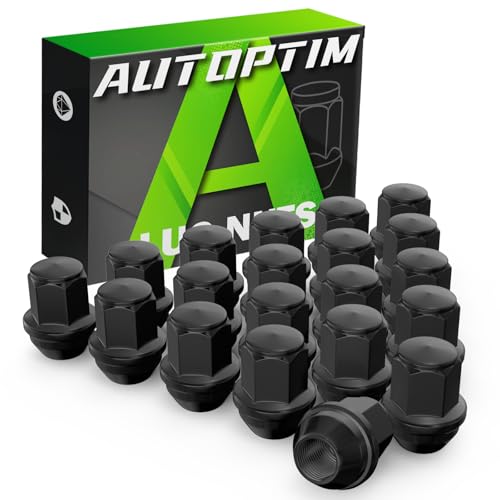Jeff. Could you take a picture of the evaporator unit under the dash? I am interested in how it looks on the passenger side by the kick panel and under the cowl vent.
Sent from my SAMSUNG-SM-G930A using Tapatalk
Here's mine going in with the dash completely out of the way.
The complete CAA HVAC inside unit is smaller than the factory heater core/exchange alone (mine was a non-A/C car).
Not the best pic - sorry.
Also - the sentiment on not being able to use R-134a in older HVAC systems is not entirely correct. I believe the common misconception is that it might not be recommended - mostly due to a chance of the R-134a and R-12 compressor oil mixing and creating the 'black death' sludge.
However, I've had personal experience with at least a dozen older systems having been upgraded to R-134a. My '95 Honda Civic for one - it blew icicles once I removed the factory blocking plate from in front of the condensor as long as the rpms were above 1100 or so. As well, my pal Jim (who happened to be a certified A/C technician) converted his '77 Jimmy's factory A/C to R-134a with no issues - you could hang meat in that truck on a hot day. My Mom's '96 T-Bird was converted over as well - no issues. Her '89 Dodge Dynasty - same deal, no issues. Also helped a bunch of customers at the Auto Hobby Shop covert their systems over the years - no issues... ever.
The key is to ensure the system is absolutely clean and purged before introducing the new refridgerant and oils. Having an actual A/C refridgerant capture/fill machine is a huge help. Especially, when checking for leaks - stick it on 'vacuum' and leaving it hooked up for a half hour, then fill the system without disconnecting anything. Works like a champ.















































